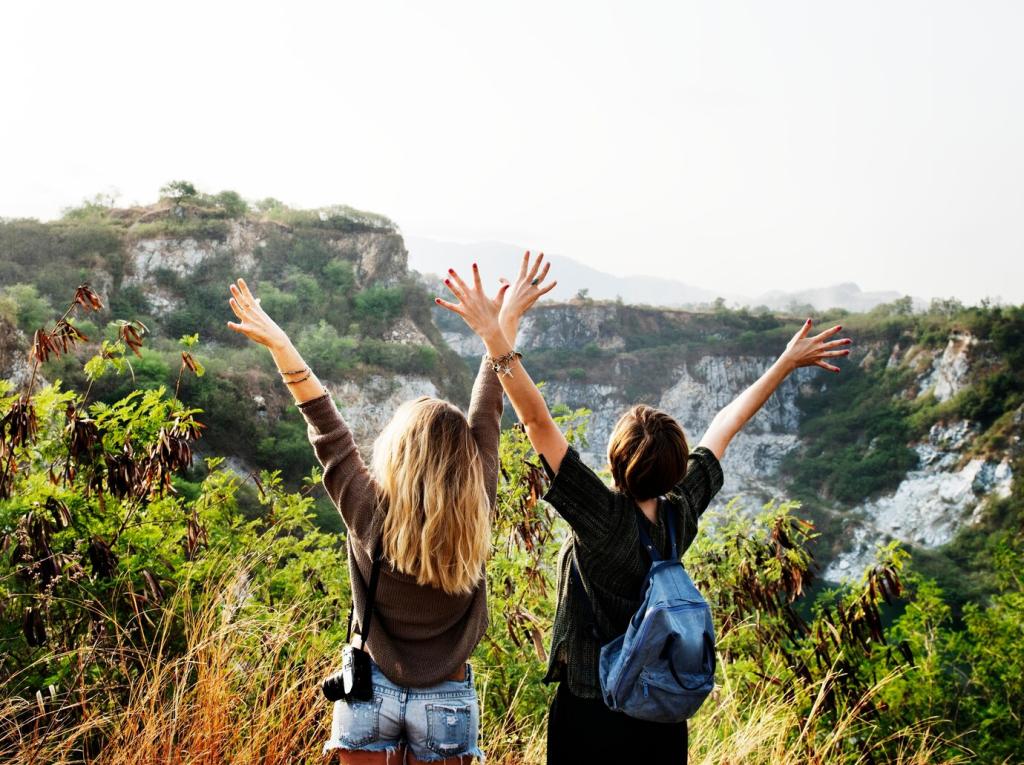
Eco-Conscious Packing for Mountain Trips
Today’s chosen theme: Eco-Conscious Packing for Mountain Trips. Step into lighter footprints and higher summits with practical, heartfelt guidance for packing responsibly, hiking joyfully, and protecting the places that make us feel most alive. Join the conversation, share your wins, and subscribe for ongoing trail-smart inspiration.
Pack Light, Leave Less: Core Principles

The "One Bag, Many Uses" Mindset
Choose items that serve multiple roles: a buff as hat and pot holder, a titanium mug as bowl, trekking poles as shelter supports. The fewer single-purpose objects you carry, the less you consume, the lighter you move, and the more flexible your camp setup becomes.
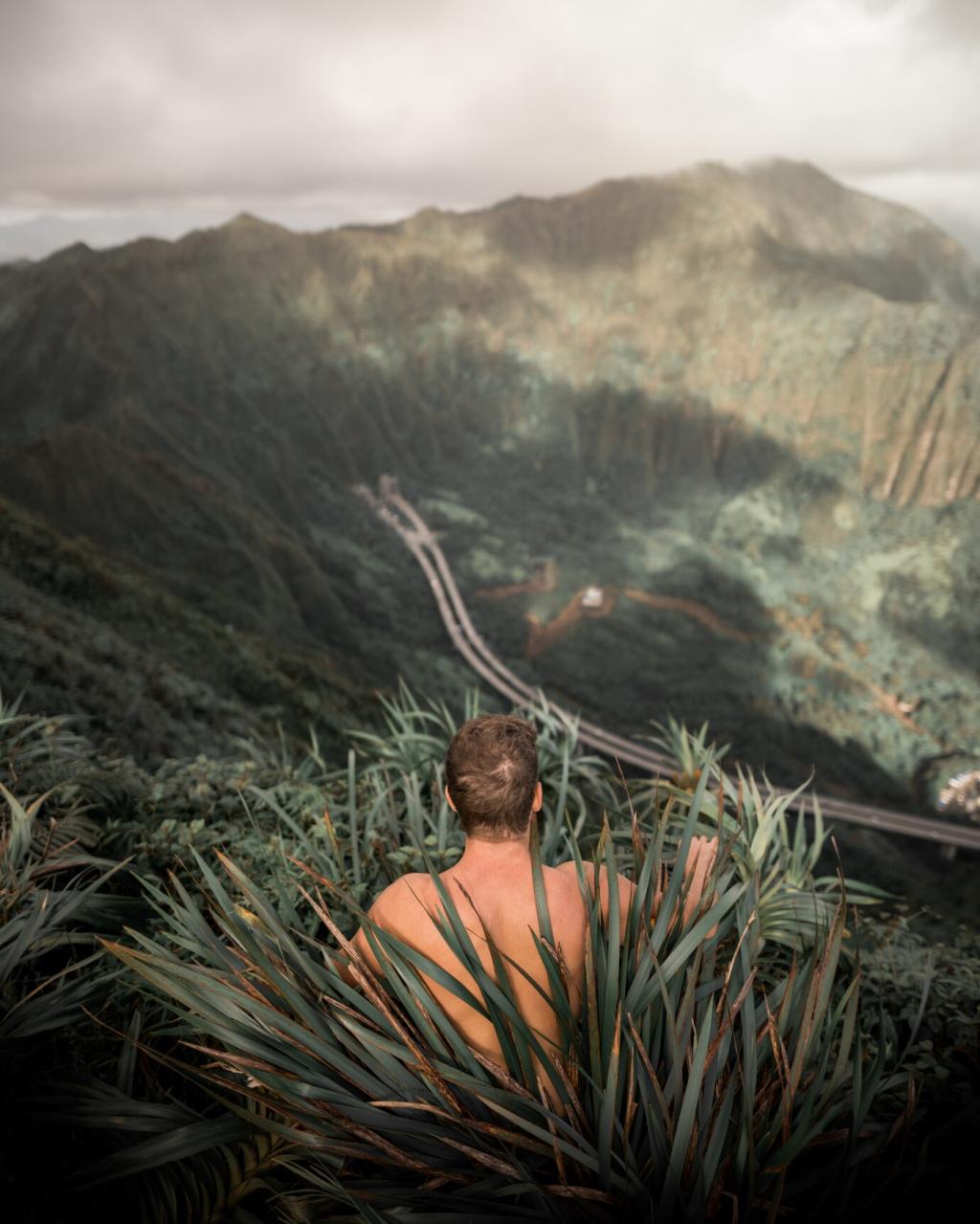
Materials That Matter
Favor recycled aluminum, durable stainless steel, responsibly sourced wool, and repairable designs over disposable plastics. When you invest in longevity, you reduce waste generation and resource extraction. Check certifications, ask brands tough questions, and reward transparency with your purchasing choices.
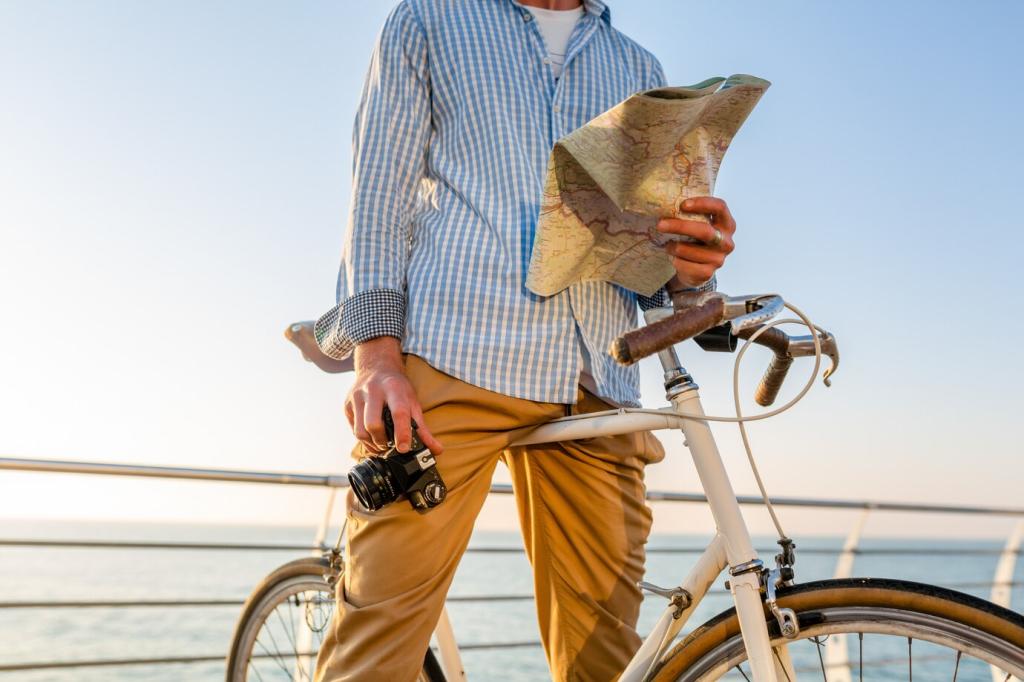
Anecdote: The Extra Stove We Never Needed
On a windy Colorado ridge, we realized our group had packed two stoves “just in case.” One stayed idle for four days. Afterward, we weighed our trash, tallied redundancies, and committed to smarter pre-trip coordination. What’s your biggest lesson learned? Share it with us.

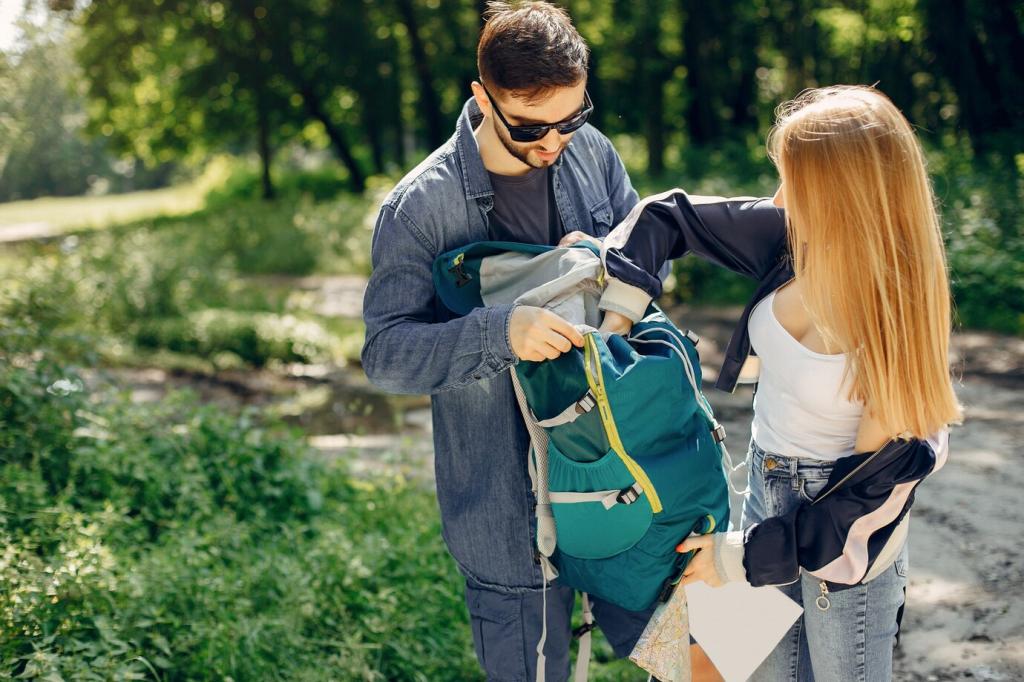
Gear Decisions: Borrow, Rent, Repair
Local gear libraries and outdoor clubs often lend tents, bear canisters, and snowshoes at low cost. Borrowing helps you test equipment responsibly before buying. It also keeps perfectly good gear in circulation, easing demand for new manufacturing and encouraging shared stewardship.
Gear Decisions: Borrow, Rent, Repair
Rent specialized items like avalanche transceivers, crampons, or winter-rated bags for rare trips. Ask how the shop maintains and sanitizes gear, and try it on-site. You’ll carry exactly what you need, reduce storage clutter, and avoid purchasing equipment that would sit idle most of the year.
Packaging-Light Meal Planning
Buy from bulk bins, portion into reusable pouches, and skip single-use condiment packets. Pre-mix oats, spices, and dehydrated veggies in durable containers. Beeswax wraps or silicone bags protect snacks without crinkly trash. You’ll pack out less, keep critters uninterested, and streamline your camp kitchen routine.
Bear-Safe and Earth-Safe Storage
Use approved bear canisters or durable, animal-resistant bags where allowed, and follow local regulations strictly. Choose reusable odor-resistant liners to cut repeated plastic. Store food and scented items together, away from sleeping areas. Responsible storage protects wildlife and helps keep access open for everyone.
Cooking Efficiently
Share stoves and pots, use a windscreen, and pre-soak foods to reduce fuel needs. Calculate fuel carefully and skip campfires where prohibited or ecologically sensitive. Efficient cooking means fewer canisters, lighter packs, and far less impact—plus faster dinners when the weather turns cold and moody.
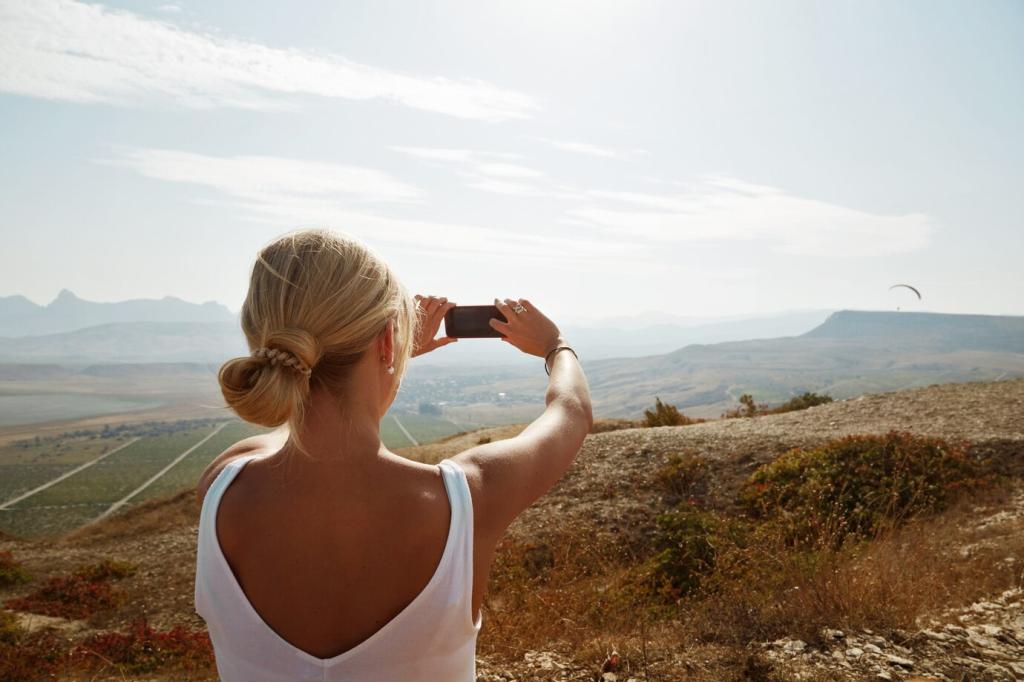
Natural vs. Recycled Synthetics
Merino and TENCEL regulate temperature and resist odors, while recycled polyester and nylon add durability. Balance them based on trip length, weather, and abrasion risks. Choose bluesign or similar standards when possible, and prioritize repairable garments with replaceable zippers and patch-friendly fabrics.

Microfiber Mitigation
Before your trip, launder synthetics using a filter bag or external filter to capture microfibers. On trail, wash sparingly, 200 feet from water, with minimal biodegradable soap. Favor tighter knits and durable fabrics that shed less. These small habits add up across a busy hiking season.
Waste, Water, and Leave No Trace
Line a lightweight stuff sack with a durable bag, compress air out, and keep it sealed. A tiny jar for micro-trash prevents litter. Separate recyclables only if you have a sure plan to handle them after the trip—otherwise, pack everything out together and sort at home.

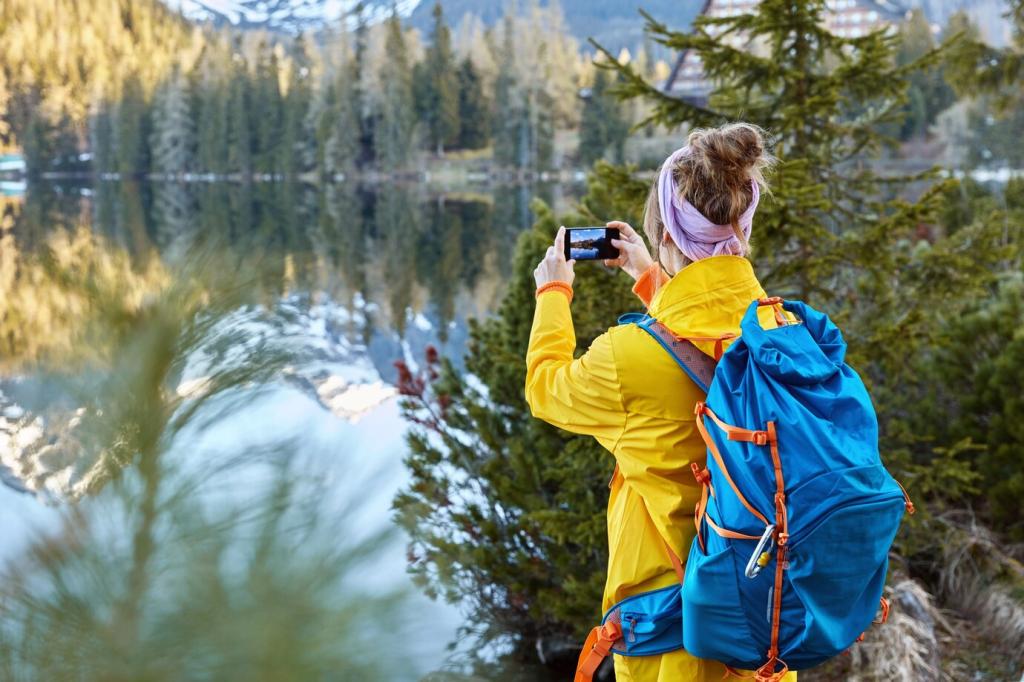
Waste, Water, and Leave No Trace
Where allowed, dig catholes 6–8 inches deep and 200 feet from water, trails, and camp. Pack out toilet paper and hygiene products. In many alpine or desert zones, carry a wag bag and follow the instructions carefully. These steps protect soils, waterways, and everyone’s experience.
Planning for Lighter Footprints
Choose trailheads served by transit or organize carpools to cut emissions and parking congestion. Consolidate shuttles, share costs, and arrive with a plan. Consider itineraries that reduce driving without sacrificing adventure. Tell us how you’ve connected rides in your region to help others do the same.
Planning for Lighter Footprints
Assign community gear—water filter, stove, shelter—so nothing is duplicated. Create a shared checklist, weigh items, and discuss risk scenarios. Coordination reduces cost, impact, and confusion. Post your best group-gear spreadsheet or tips in the comments to inspire smarter, lighter teams.
